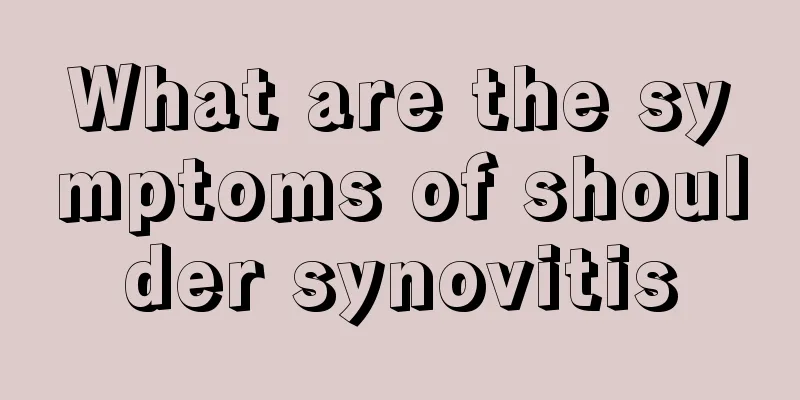The inheritance of favism

|
Favism is a highly heritable disease that is highly regionally specific and occurs primarily in males. This is a type of hemolytic anemia caused by eating broad beans. Because it is hereditary, it is checked after birth. After the diagnosis is confirmed, the patient should avoid eating broad beans or foods related to broad beans. This article introduces the genetic laws of favism. People with this genetic disease can learn about it to reduce the possibility of the disease in the next generation. Let’s take a look. Favism is a hereditary disease and a type of glucose-6-phosphate dehydrogenase deficiency. The main manifestation is that patients will develop hemolytic anemia after eating broad beans. Favism is more common in Guangdong, Sichuan, Guangxi, Hunan and Jiangxi provinces in my country, among which males account for 90% of the total. The vast majority of patients become ill after eating fresh broad beans for the first time, so the peak season for favism is mainly in early summer when broad beans mature. Favism is hereditary, therefore, most patients with favism have a family history. Most patients develop the disease before the age of 3, and a small number of patients develop the disease for the first time in middle age or old age. The inheritance mode of favism is genetic inheritance. There is a folk saying that favism is transmitted to males but not to females. This is unscientific. Favism has the characteristics of cross-infection, that is, mothers mainly transmit it to sons, and fathers mainly transmit it to daughters. If the mother is a homozygous patient and the father is normal, the son will definitely carry the pathogenic gene for favism, while the daughter has a 50% chance of carrying the pathogenic gene for favism. If the father is a patient with favism and the mother is normal, the son will definitely be normal, and the daughter will definitely be a carrier of the favism gene. If the mother is a heterozygote and the father is normal, the son has a 50% chance of being sick and a 50% chance of being normal, and the daughter has a 50% chance of carrying the gene that causes favism. Therefore, it can be seen that favism is an X-linked incomplete dominant inheritance, and there is no genetic rule that it is passed on to males but not females. If a son is sick, he definitely inherited it from his mother, but if a daughter is sick, she may have inherited it from either the father or the mother, or from both parents. Although favism is a genetic disease, it is not scary. Now newborns are screened for it after birth. If you are diagnosed with favism, be careful not to eat broad beans or broad bean products, as well as traditional Chinese medicines such as pearl powder, honeysuckle, bezoar, bear bile, and Baoyingdan. Also, be careful not to use drugs that may cause hemolysis, and be careful not to put mothballs in the closet, as drugs may also cause hemolysis. This article introduces in detail the inheritance mode and rules of favism. As a patient with favism, it is best for you to know the genetic patterns of the disease and do your best to avoid giving birth to a baby with favism. In fact, favism can be screened. Once it is found that your baby has favism, you need to actively avoid eating foods such as broad beans. |
>>: What is the reason for a particularly yellow complexion
Recommend
How to take care of lung cancer? Lung cancer patients need to do five nursing tasks
Choose one or a few of your most trusted friends ...
How can lung cancer patients adjust their diet? Dietary considerations for lung cancer patients
The lungs are in the human body, and many patient...
What are the causes of prostate cancer
At present, there is no clear answer to the cause...
Why do my eyes hurt and I can’t open them because of tears?
Eyes are very important to the human body. If the...
What are the hazards of disposable products
I believe everyone must be very familiar with dis...
What are the symptoms of patients with advanced lung cancer? Experts point out 5 symptoms of advanced lung cancer
Lung cancer is a malignant tumor disease. Once it...
Why does chickenpox cause sunken scars
The hot summer is coming soon, which makes many p...
What are the sequelae of orthodontics?
Orthodontics is actually a professional term for ...
How to eat white Poria cocos, do you know how to eat these?
White Poria cocos is a traditional Chinese medici...
How long does it take to stew the ribs?
Compared with braised spare ribs, most families a...
What is the cause of bad breath
People with bad breath will feel embarrassed when...
What can you eat to prevent cervical cancer? Eating more of these foods can easily prevent cervical cancer
Prevent cervical cancer through diet. Cervical ca...
What are the methods for diagnosing hamartoma
Hamartoma is a very scary disease. How can it be ...
How much does melanoma treatment cost
How much does it cost to treat melanoma? This is ...
How to handle live shrimp?
Shrimp meat is very delicious and has high nutrit...









